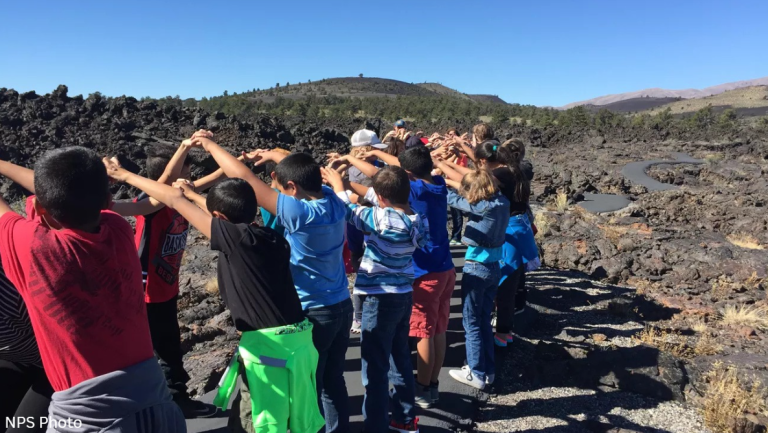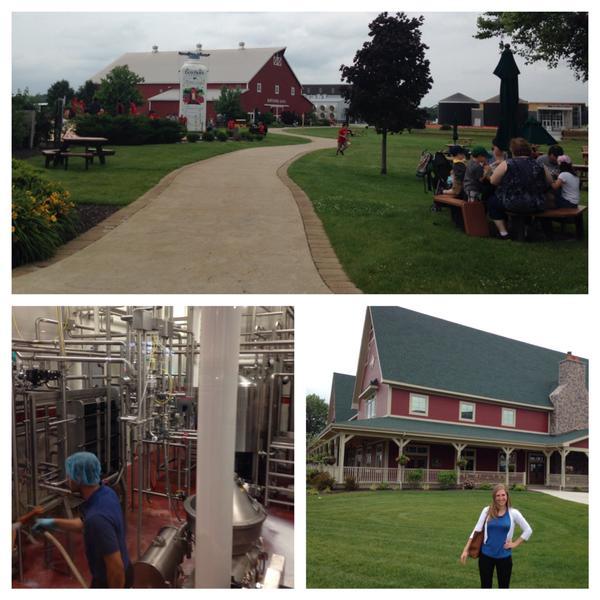Set in central Idaho, Craters of the Moon National Monument and Preserve boasts over 750,000 acres of striking volcanic landscapes, inviting students to explore geology, ecology, and environmental science in a real-life natural laboratory. Vast lava flows, rugged cinder cones, and hidden lava tubes illustrate the power of volcanic eruptions and the processes that shape Earth’s surface.
Educational programs, designed for a range of grade levels, combine guided hikes, cave tours, and explorations of native plants and wildlife. Students learn about eruptions, basalt formations, and how these events influence surrounding ecosystems. Ranger-led activities delve into the complexities of the site’s volcanic history, highlighting how such landscapes recover over time and how flora and fauna adapt to harsh conditions.
Teachers can enhance classroom integration through downloadable lesson plans, activity guides, and other resources available on the monument’s website. With virtual programs also on offer, classes unable to visit in person can still interact with park rangers, delve into the volcano-formed scenery, and ask questions about geologic processes. This exposure to real-world geology fosters critical thinking and deepens students’ appreciation for Earth’s dynamic evolution.






